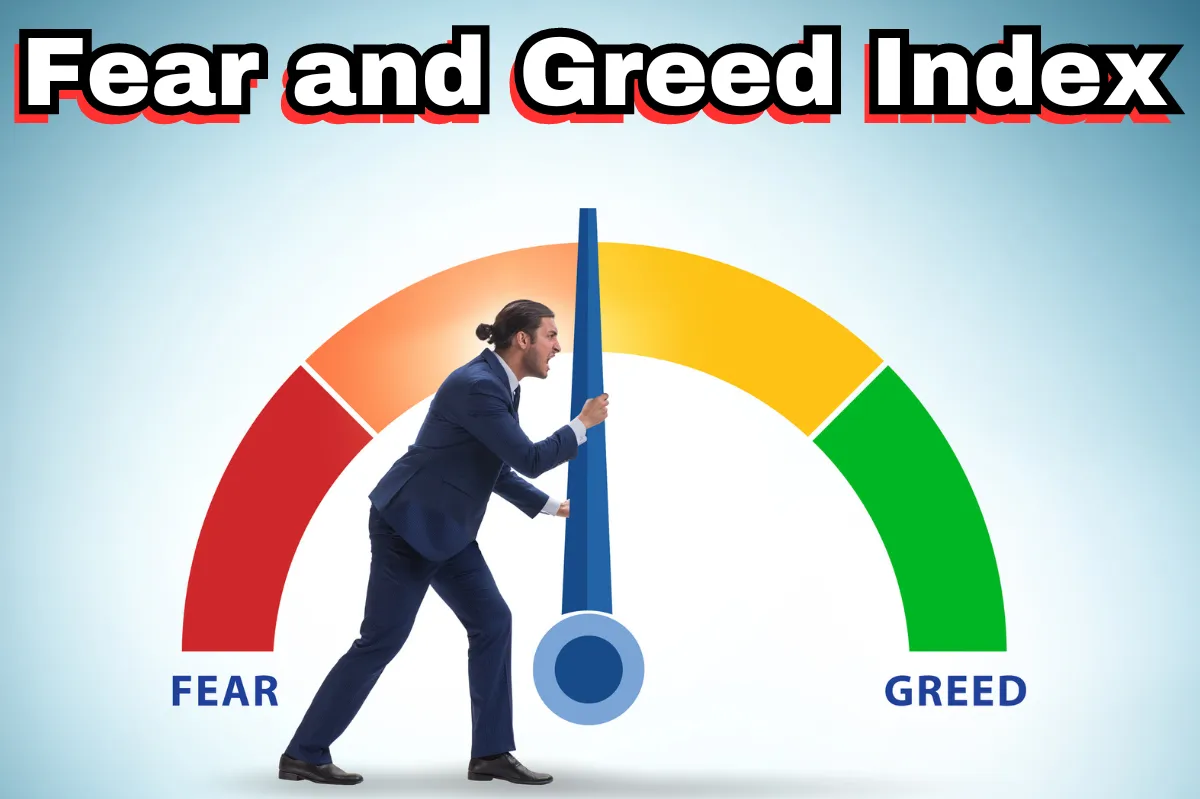In the ever-evolving landscape of financial markets, understanding market sentiment becomes crucial for investors aiming to make informed decisions. One popular tool that assists in measuring prevailing sentiment is the Fear and Greed Index. This index serves as a compass, guiding investors to the current emotional state of the market.
Understanding the Fear and Greed Index
The Fear and Greed Index is a comprehensive measure designed to gauge the overall sentiment in the stock market. Created by CNNMoney, it combines seven different indicators, each contributing to a composite score ranging from 0 (extreme fear) to 100 (extreme greed). This index is a reflection of whether investors are driven more by fear, which can drive prices down, or by greed, which can push prices higher. In India, this global concept is adapted to measure the sentiment in the local market as well.
Components of the Fear and Greed Index
- Stock Price Momentum: This factor observes the rate at which stock prices are increasing compared to their historical averages. An upward trend often signals greed, while a downward trend might indicate fear.
- Stock Price Strength: This examines the number of stocks hitting 52-week highs versus those reaching 52-week lows. A majority of highs suggests greed, while lows suggest fear.
- Stock Price Breadth: This is measured by the volume of trades. Higher volumes can indicate bullish sentiment or greed, while lower volumes might signal bearish sentiment or fear.
- Put and Call Options: This looks at the ratio of put options (bets that prices will go down) compared to call options (bets that prices will go up). A high put ratio signals fear, while a high call ratio indicates greed.
- Junk Bond Demand: Investors’ willingness to invest in lower-rated, higher-risk debt indicates their risk appetite. High demand for junk bonds often signals greed.
- Market Volatility: Higher volatility often correlates with fear, whereas lower volatility can indicate a stable and greedy market sentiment.
- Safe Haven Demand: When investors flock to gold and treasury bonds, it can indicate fear, while diversifying into riskier equities suggests greed.
Market Mood Index Today: An Indian Perspective
In India, the concept of the Fear and Greed Index can be correlated with the Market Mood Index, which similarly measures investor sentiment and market conditions. Today, this index becomes significantly useful for comprehending how various economic, political, and geographical factors breed fluctuations in market sentiment.
For example, considering the Indian indices such as Nifty and Sensex, fluctuations can arise from factors like government policies, global economic shifts, or even local monsoons impacting agricultural outputs. Therefore, the Market Mood Index today helps in evaluating immediate emotional responses from investors based on current events.
Calculating Sentiment with Fear and Greed Index in INR
To delve deeper, let’s simulate a hypothetical scenario with simplified values (as real calculations would require extensive data analytics):
- Suppose the Nifty index has been observed to fluctuate between 17,000 to 18,500 comfortably. A sudden dip to 16,500 might spike fear, captured numerically.
- Assume the put-call ratio stands at 1.5 due to increased put option activities indicating bearish sentiment. The high ratio translates to approximately 40 on the Fear and Greed Index’s scale.
- If market volatility (measured with the VIX) increases by 2% on the day traders anticipate RBI interest rate decisions, this factor could also push the sentiment score more towards fear.
- Given these changes, the composite score might read a 35, indicating a prevailing atmosphere of fear, suggesting caution among investors.
Implications of Steady Sentiment Fluctuations
The constant flux in sentiment showcased by the Fear and Greed Index provides valuable insights. For investors in India’s sprawling stock market, understanding the mood shifts—whether led by local political developments, financial reforms, or global economic shifts—becomes fundamental to strategizing portfolio management.
Psychological Underpinnings
The index’s effective representation of market sentiment is rooted in psychology. Human emotions heavily influence decision-making. In fearful times, risk aversion predominates, pushing investors towards safer assets like government bonds or precious metals. Greedy periods might encourage bold investments in equities and risk-oriented financial instruments.
Disclaimer
While the Fear and Greed Index and Market Mood Index today provide snapshots of current market sentiment, they are not infallible predictors of future stock market movements. Investors should use these tools as part of a broader investment strategy and always consider the fluid nature of financial markets. Factors external to indices like geopolitical tensions, sudden financial crises, or trade negotiations can unpredictably alter market conditions. Therefore, individual investors must gauge all pros and cons of trading by conducting thorough research and consulting financial experts before delving into the Indian stock market.
Final Thoughts
The Fear and Greed Index remains a popular and insightful tool for analyzing market moods over time. Whether one is in tune with India’s Market Mood Index today or utilizing global measures, understanding market sentiment offers an edge in making judicious investment choices. While fear can paralyze the market and greed can propel it, striking the right balance requires a keen understanding of prevailing conditions, robust analysis, and strategic planning.



